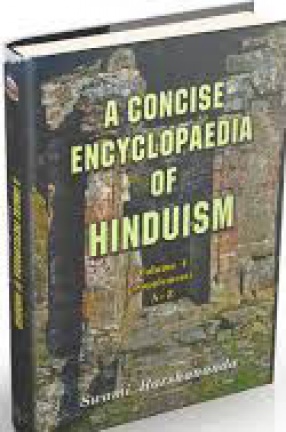The fundamental concepts of any field of knowledge which form the basis of its complicated super structure are essentially abstract. Unless these abstract principles are made concrete by following the principle of ‘From the seen to the unseen’, ‘From the known to the unknown’, they cannot be comprehended. Herein lies the necessity and utility of symbols. We can easily illustrate this by turning to the field of geometry. After defining a point or a straight line, the teacher of geometry proceeds to represent the same on the blackboard, with the words ‘Let" A" be a point’ (A.), ‘Let "AB" be a straight line’ (A-B). He has got to use the word ‘let’ for the simple reason that the ideal point (which has neither length nor width) or the ideal straight line (which has only length and no width) can never be represented on the blackboard. The point or the straight line figured there is at best symbolical. Yet, an entire science of geometry is built on this ‘let’ and a huge building or a bridge is the practical outcome of this science! In fact, life is impossible without the use of symbols. Even language is a symbol.
If the use of symbols is thus inevitable in secular sciences, it is absolutely necessary in religion. Since religion deals with such topics as God, man, creation, man’s ultimate destiny, problems of good and evil which are highly abstract and inscrutable, it is impossible to bring them within the reach of one’s understanding without the use of appropriate symbols, emblems and imagery. However, once the central idea suggested by the symbol is comprehended, it will act as a source of inspiration giving a fillip to spiritual progress.
All religions have their symbols, often, more than one. These may be visual, like the cross or auricular, like Om. They may represent God as a Power like the Sivalinga, or point out the path to perfection as in the case of the Dharmacakra, or signify the saviour and his religious system as in the cross or the crucifix.








There are no reviews yet.